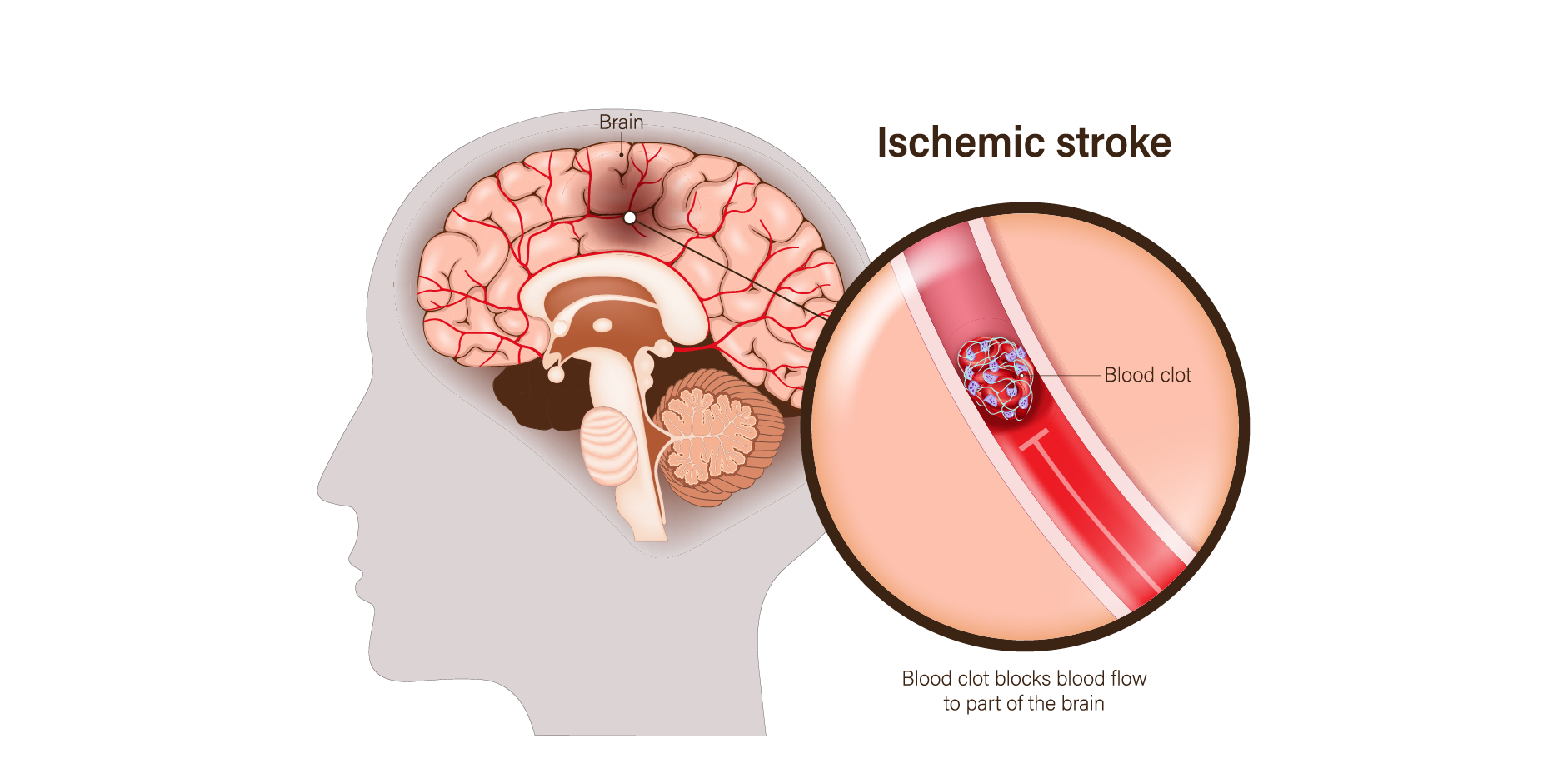Nội dung của trang này:
Nội dung của trang này:
Giới thiệu
A stroke is an acute episode of neurological dysfunction caused by focal cerebral, spinal or retinal infarction or hemorrhage, with evidence of acute brain injury based on clinical assessment and/or neuroimaging findings. Ischemic stroke is a type of stroke characterized by the sudden absence of blood supply to an area of the brain, spinal cord or retina secondary to a thrombus, emboli, or intracranial small vessel disease. A rapid evaluation is essential for the use of time-sensitive treatments and to prevent further brain damage.
Dịch tễ học
Stroke is the second most common cause of mortality and disability
worldwide. Ischemic stroke accounts for 65% of all incident strokes worldwide.
Incidence of stroke increases with age and doubles after 55 years of age. The lifetime
risk of stroke is higher in females than in males. Asian, European and North
American studies reported a higher incidence of ischemic stroke in women, which
may be due to increased prevalence of vascular risk factors among women.
Stroke is the leading cause of adult-onset disability. In China, there is increased incidence of
ischemic stroke due to an increase in life expectancy, a decrease in physical
activity, unhealthy diets, smoking, and poor vascular risk factors.
Sinh lý bệnh
 Ischemic Stroke_Disease Background
Ischemic Stroke_Disease BackgroundIn stroke, there is a significant reduction or cessation of cerebral blood flow, whether due to systemic hypoperfusion, severe arterial stenosis, or vessel occlusion, that triggers a cascade of metabolic and molecular disturbances that disrupt neuronal function and ultimately lead to structural brain injury. Ischemic stroke is characterized by various changes within the afflicted ischemic core (or the affected area) and the surrounding penumbra (or the region of salvageable cells) such as neuroinflammation, excitotoxicity, oxidative stress, apoptosis and autophagy.
Yếu tố nguy cơ
The most common risk factors include hypertension and diabetes mellitus
(DM). Other risk factors include increasing age, family history of stroke,
hypercoagulable disorders, cigarette smoking, alcohol consumption, and illicit
drug use.
Factors Associated with Increased Risk of Stroke
Adverse Social and Structural Determinants of Health
The adverse social and structural determinants of health are limited
access to healthcare services, lack of access to education, inadequate social
and community support systems, residence in the underserved or disadvantaged
neighborhoods, racism and discrimination, and socioeconomic disadvantage (eg
poverty, unemployment, unstable housing).
Commonly Unrecognized Risk-enhancing Factors
The commonly unrecognized risk-enhancing factors include cerebral
autosomal dominant arteriopathy with subcortical infarcts and
leukoencephalopathy (CADASIL), pregnancy-related complications, early or
premature menopause, endometriosis, an elevated lipoprotein α, and inherited or
acquired thrombophilias.
Suboptimal Management of Common Modifiable Risk Factors
Suboptimal management of common modifiable risk factors includes failure
to implement evidence-based guidelines or adhere to best practice
recommendations; insufficient emphasis on lifestyle modifications, including
diet, physical activity and smoking cessation; health system barriers (eg lack
of access to medications, diagnostics or specialist care); inadequate patient
engagement and shared decision-making, leading to poor adherence and
understanding, undiagnosed vascular risk factors (eg hypertension, atrial
fibrillation and diabetes mellitus); and uncontrolled or untreated conditions
despite known diagnosis.
